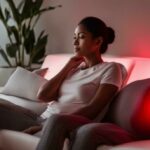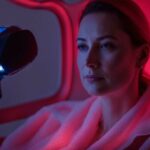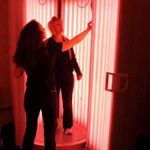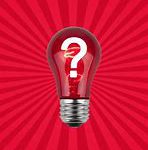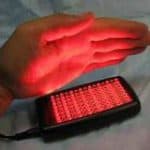Last Updated on 12 months by Francis
Depression is a complex mental health condition that affects millions of people worldwide. Traditional treatment options, such as medication and therapy, can be effective, but they may not work for everyone. An alternative approach that has gained popularity in recent years is light therapy. But which light therapy is best for depression? Let’s explore the different types of light therapy and their effectiveness in treating depression.
Depression is a mental illness that affects millions of people worldwide. One promising treatment method is light therapy, where individuals are exposed to bright light to alleviate the symptoms of depression. However, there are various types of light therapy available, so the question arises: which light therapy is best for depression? In this discussion, we will explore the different types of light therapy and examine their effectiveness in treating depression.
Contents
Understanding Light Therapy
Light therapy involves exposure to specific wavelengths of light to improve mood, sleep, and skin health. It works by stimulating the body’s natural circadian rhythms, which can be disrupted in people with depression. This disruption can lead to sleep problems, fatigue, and a variety of other symptoms.
Types of Light Therapy
There are several types of light therapy available, including:
Bright Light Therapy
Bright light therapy involves exposure to a bright light source, usually a lightbox or a lamp, for a set amount of time each day. The light used in this therapy is much brighter than normal indoor lighting, and it typically emits a blue light spectrum. Bright light therapy is often used to treat seasonal affective disorder (SAD), a type of depression that occurs during the winter months.
Dawn Simulation Therapy
Dawn simulation therapy involves using a special lamp that gradually increases in brightness over a set period of time, simulating a sunrise. This therapy is thought to be particularly helpful for people who have trouble waking up in the morning or who experience sleep problems.
Blue Light Therapy
Blue light therapy involves exposure to a specific wavelength of blue light, which is thought to help regulate circadian rhythms and improve sleep. This therapy is often used to treat sleep disorders, but it may also be helpful for people with depression.
Green Light Therapy
Green light therapy involves exposure to a specific wavelength of green light, which has been shown to improve depression symptoms in some people. This therapy may be particularly helpful for people who are sensitive to bright light or who have trouble sleeping.
Effectiveness of Light Therapy
Research has shown that light therapy can be effective in treating depression, particularly when used in combination with other treatments such as medication and therapy. However, the effectiveness of different types of light therapy varies depending on the individual and the severity of their depression.
Key Takeaway: Light therapy is a non-invasive alternative treatment for depression that works by regulating the body’s natural circadian rhythms. Different types of light therapy, such as bright light therapy, dawn simulation therapy, blue light therapy, and green light therapy, have varying levels of effectiveness in treating depression. While light therapy is generally safe, individuals should be aware of potential side effects, such as headaches and irritability.

.jpg)
.jpg)
